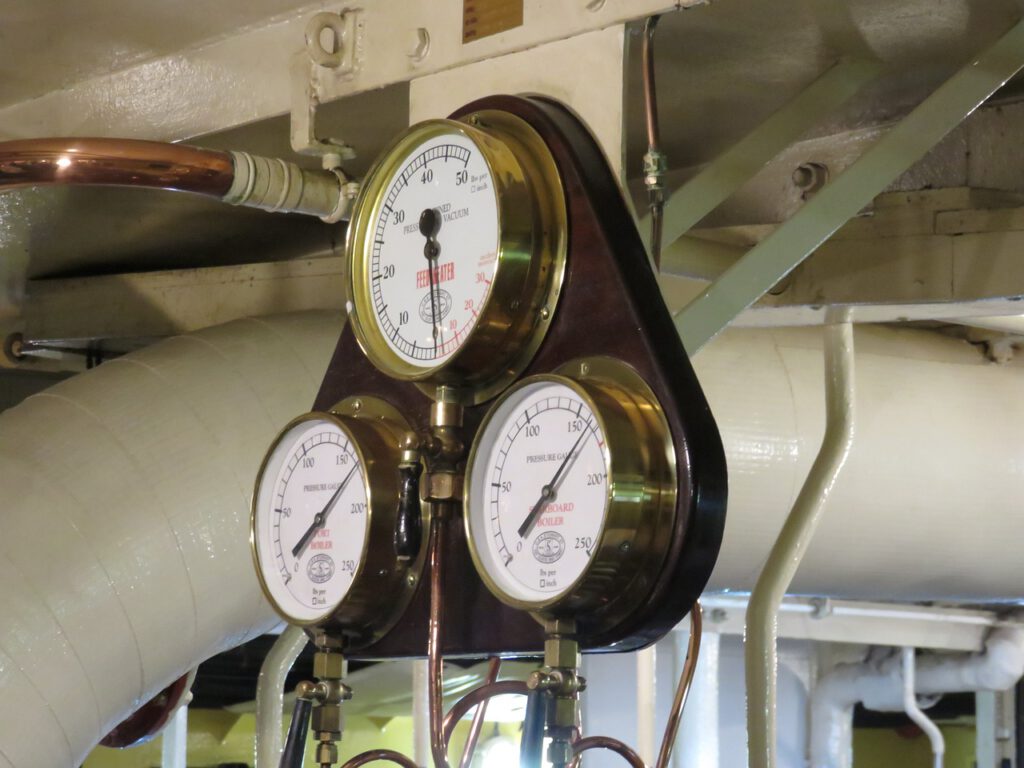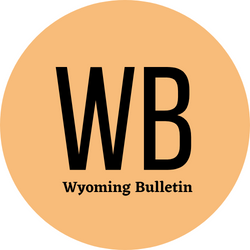Decreased Water Pressure in Wyoming
by siteadmin

Wyoming, known for its stunning landscapes and vast open spaces, is facing a growing concern that often goes unnoticed – decreased water pressure. While it might seem like a minor inconvenience at first, the implications of this issue are far-reaching, affecting both rural and urban communities alike. In this article, we’ll explore the causes behind the decreased water pressure in Wyoming and discuss potential solutions to ensure a sustainable water supply for the future.
Understanding the Issue
Natural Factors Impacting Water Pressure
Wyoming’s unique geographical features, such as its high elevation and rugged terrain, contribute to challenges in maintaining consistent water pressure. As water travels through the pipelines, it encounters various obstacles, resulting in pressure drops.
Aging Infrastructure
One of the significant contributors to the decreased water pressure is the aging water infrastructure in many parts of the state. Over time, pipes corrode and degrade, leading to leaks and reduced pressure. Upgrading these systems becomes crucial for maintaining a reliable water supply.
Increasing Water Demand
Population growth and economic development in Wyoming have led to an increased demand for water. As more communities and industries rely on this precious resource, the existing water infrastructure struggles to meet the rising demand, resulting in decreased water pressure.
The Impacts
Inconvenience for Residents
Decreased water pressure can be a daily inconvenience for residents, affecting routine activities like showering, washing dishes, and doing laundry. This not only diminishes the quality of life but can also lead to frustration among community members.
Agricultural Concerns
Wyoming’s agricultural sector heavily depends on water for irrigation. Decreased water pressure can hamper the efficiency of irrigation systems, potentially impacting crop yields and the livelihoods of farmers.
Fire Safety Risks
Adequate water pressure is crucial for effective firefighting. Decreased water pressure poses a significant risk in emergencies, where a lack of sufficient water flow could impede firefighting efforts, putting both property and lives at risk.
Potential Solutions
Infrastructure Upgrades
Investing in the rehabilitation and replacement of aging water infrastructure is imperative. This includes upgrading pipelines, repairing leaks, and implementing modern technologies to enhance the efficiency of water distribution systems.
Water Conservation Programs
Encouraging water conservation practices at the community and individual levels can help alleviate pressure on the existing water supply. Implementing water-saving technologies and raising awareness about responsible water usage are crucial components of such programs.
Collaborative Efforts
Addressing the issue of decreased water pressure requires collaboration between government bodies, local communities, and private stakeholders. Working together to develop sustainable water management strategies and funding initiatives will contribute to long-term solutions.
The challenge of decreased water pressure in Wyoming demands immediate attention and concerted efforts from all stakeholders. By understanding the underlying causes, acknowledging the impacts, and actively pursuing viable solutions, we can ensure a resilient water supply for current and future generations in the Equality State.
Wyoming, known for its stunning landscapes and vast open spaces, is facing a growing concern that often goes unnoticed – decreased water pressure. While it might seem like a minor inconvenience at first, the implications of this issue are far-reaching, affecting both rural and urban communities alike. In this article, we’ll explore the causes behind…
Recent Posts
- Leveraging Technology for Accessible Real Estate Investing: A Deep Dive into Robinhood REI
- Green Lawns Solutions Presents: The Benefits of Professional Lawn Service for Orlando Residents
- Budget-Friendly Lawn Service Options in Orlando: Quality without Breaking the Bank
- Bridging the Gap: The Availability of Mental Health Providers in Wyoming
- Interest Rate Risk Management for Financial Institutions in Wyoming
